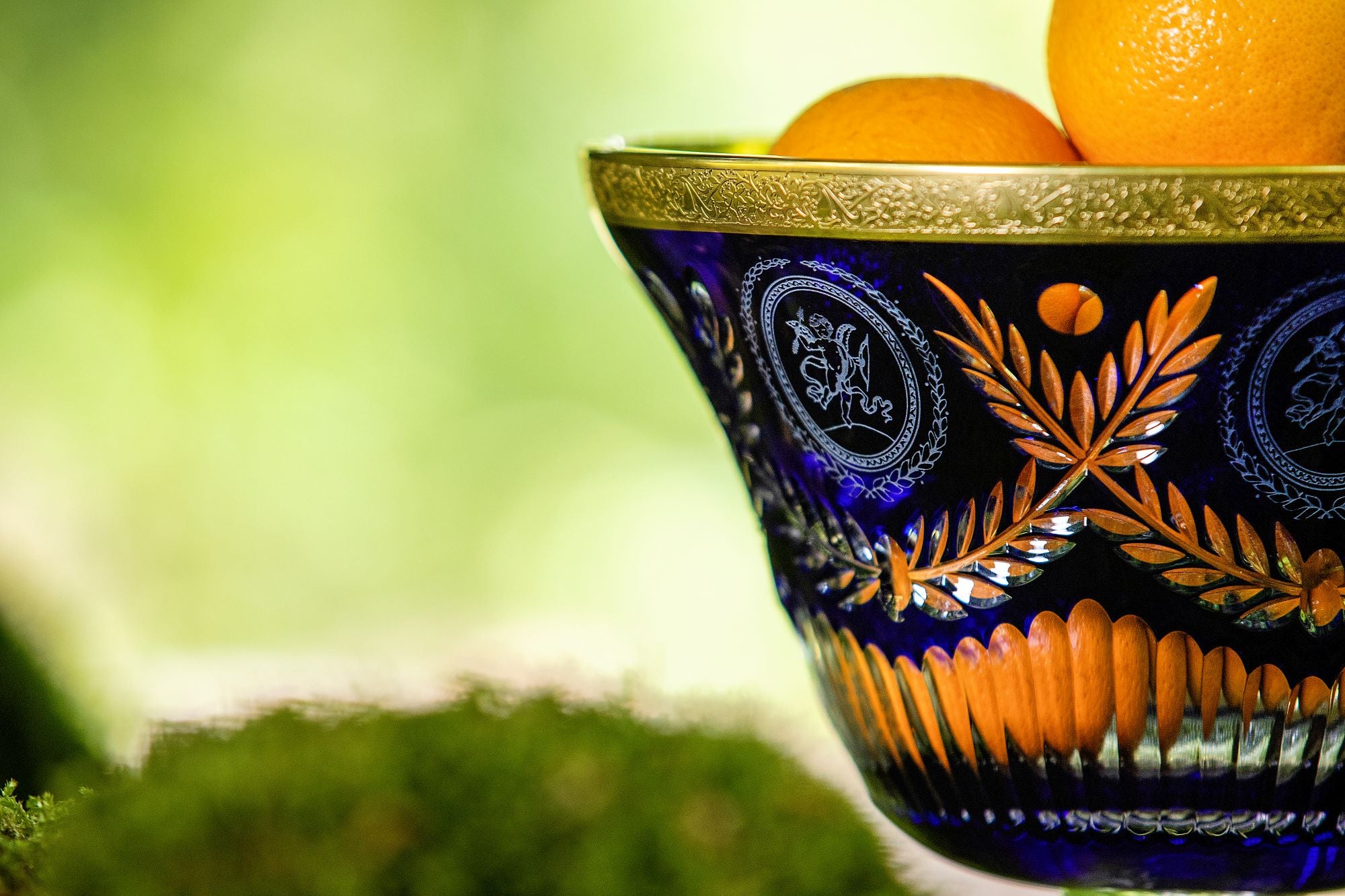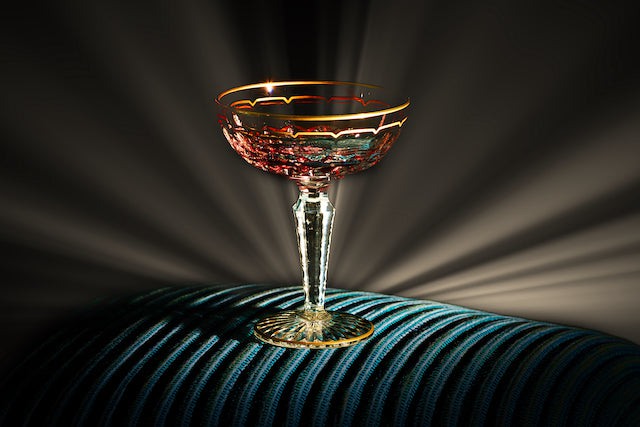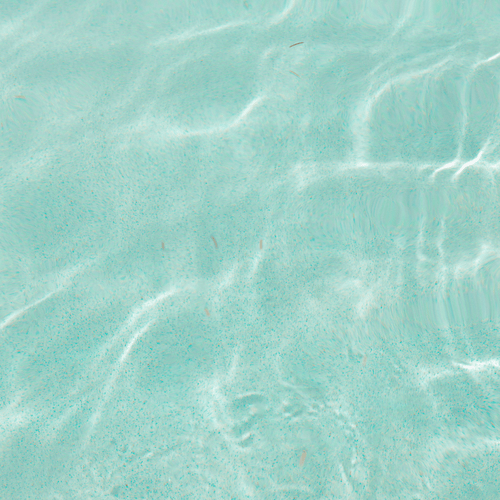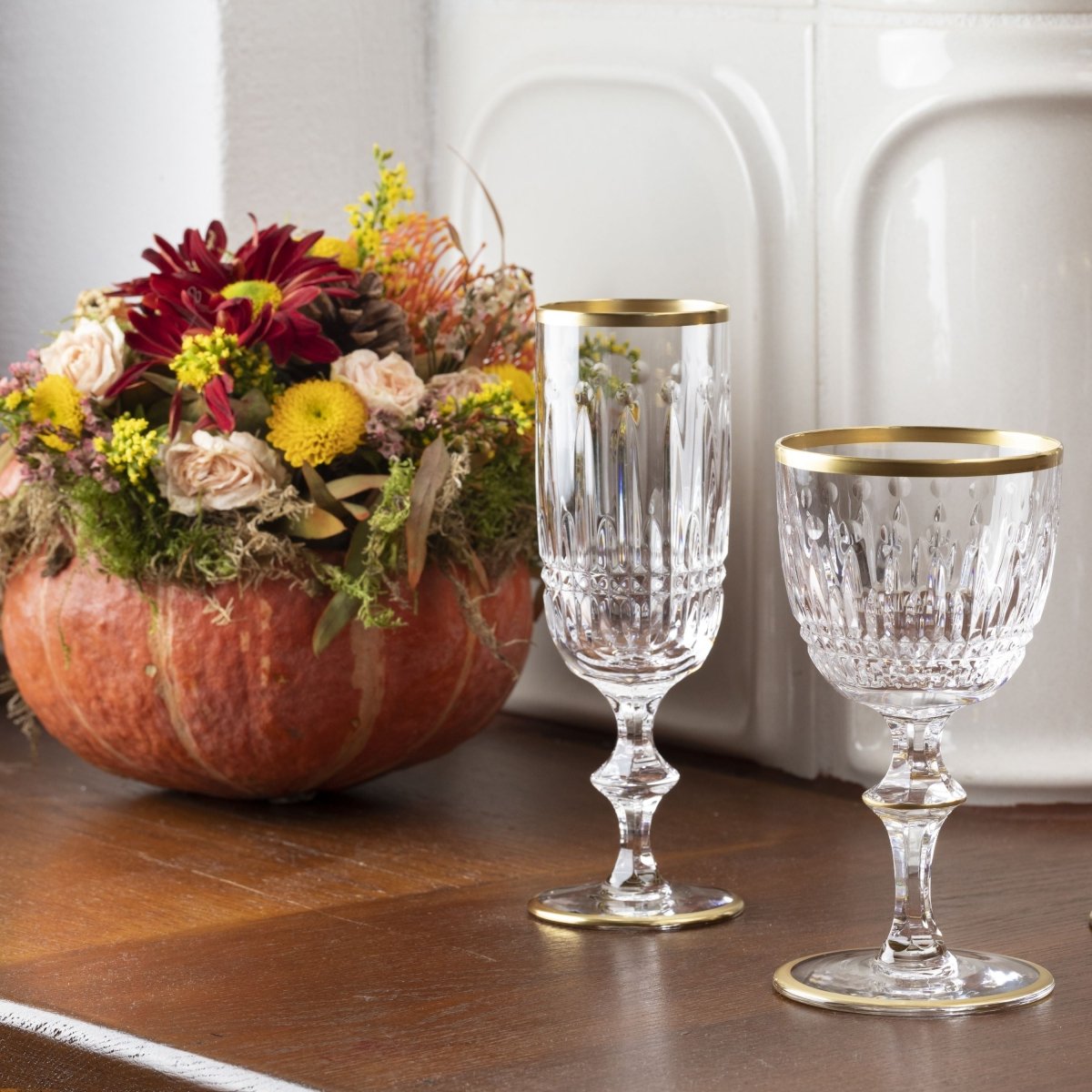Article n°13
GLASS, CRYSTAL, CRYSTALLINE : WHAT ARE THE DIFFERENCES?
In September, Cristallerie de Montbronn offers you an educational article on its monthly blog to accompany the start of the new school year and the end of summer.
With the end of the year slowly approaching, it's not uncommon to want to renew your interior with new sets or your decoration, or simply plan gift ideas with new tableware or decorative objects. But what material should you choose?
As a prestigious family-run crystal glassworks, perpetuating the art of craftsmanship since 1930, Cristallerie de Montbronn offers you its expertise and know-how to help you discern the subtle nuances that distinguish glass, crystal and crystalline.

Composition
Firstly, the three materials differ in their composition.
Crystal is created from the fusion of several raw materials: it is made from around 50% silica (sand), a minimum of 24% lead oxide, 20% potash and other chemical elements that assist fusion. It is the presence of lead that is the main difference between glass and crystal, giving it greater transparency and refraction. Finally, glass with a refractive index between 1.525 and 1.545 is called crystalline.
Another notable difference between crystal and glass is the flexibility of the material: crystal is much more supple and 'malleable' than glass, which means that master cutters can work all the more artistically.

Recognisable qualities
The presence of lead oxide in crystal creates properties that are superior to those of simple glass. Crystal is physically brighter and denser, with a unique refractive index. Crystal can also be recognised by its distinctive sound, the "crystalline sound".
It's worth noting that the sound of crystal depends very much on the shape and thickness of the crystal glass in your hand. However, it is undeniable that a crystal glass will always evoke a melodious, enchanting timbre.
As a result, using a crystal glass will provide a more refined experience, both in terms of its aesthetics and the crystalline sound it produces. This is an undeniable advantage, lending a note of character and exceptional beauty to your indoor environment.

Weight
A crystal glass will also be considerably heavier and more resistant than simple glass or crystalline glass.
At equivalent thicknesses, it should be noted that crystal, because of its lead oxide content, has a significantly higher density than glass, making it stronger and more resistant to breakage. From a more scientific point of view, this translates into the presence of a "crystalline structure" in the crystal, characterised by an ordered arrangement of atoms. Glass, on the other hand, is an amorphous solid, meaning that its atoms are distributed in a disordered manner.
When glass is subjected to high temperatures, it does not undergo complete fusion, but rather a vitreous transition, leading to the formation of a viscous material that is malleable under manipulation. After cooling, the atoms rearrange themselves randomly. The result is a hard but intrinsically brittle material that is also lighter than crystal. This fundamental distinction in turn contributes to the distinctive crystalline brilliance of crystal compared to glass.
What's more, the experience offered by crystal is enchanting, sparkling and, above all, unique. Not only is crystal visually rich, it is also sonically strong and resilient. There's no excuse not to join the crystal adventure!
Cristallerie de Montbronn wishes you a pleasant start to the new school year and a September full of sparkling moments.




